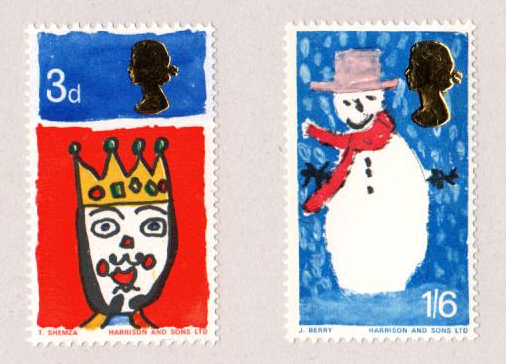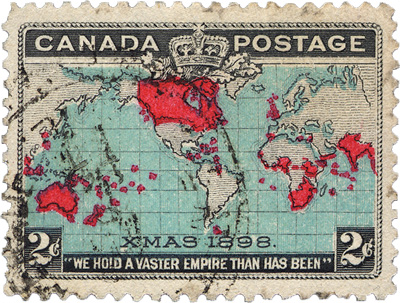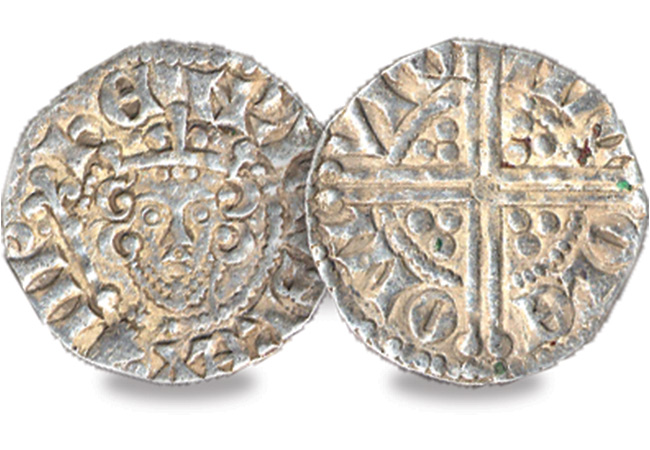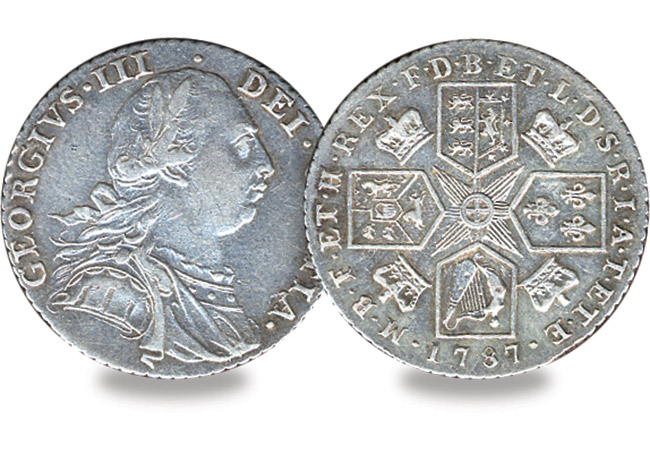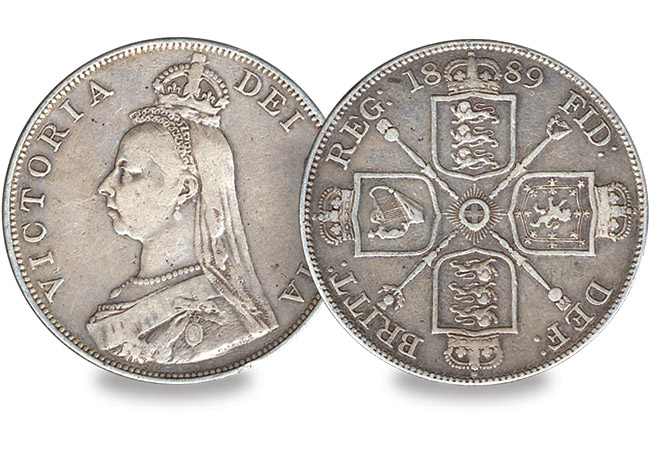Posts by Lauren Brewer
Who issued the world’s first Christmas Stamp?
Did you know that since Royal Mail issued their first Christmas stamp in 1966, over 17 billion Christmas stamps have been printed in Britain? But as popular as they are today, Great Britain was late to the table when it came to issuing Christmas stamps. So which country can lay claim to issuing the first Christmas stamp?
The Contenders…
Canada – 1898
The first country to lay claim is Canada, which produced a stamp bearing the words ‘Xmas 1898’. But many people question whether this was really a Christmas stamp at all…
Denmark – 1904
Denmark claims it printed the first Christmas stamp in 1904 after an idea from postmaster, Einar Holboell, to add an extra stamp to the Christmas mail and the money go to help sick children. However these “stamps” were actually labels and not issued for postage.
Austria – 1937
Austria issued two stamps on 12th December 1937 for use on Christmas mail and New Year greeting cards.
Hungary – 1943
Finally, there is Hungary. Many people think the 1943 Hungarian stamps to be the first real Christmas stamps as they feature religious imagery.
The secret behind the Canadian stamp
It is fair to say however that the issue of the Canadian Christmas stamp did not really have much to do with Christmas. In fact it was a result of then Canadian Postmaster General William Mulock lobbying to standardise postage rates across the Empire at one penny.
After failing to get the new rules introduced at the 1897 Universal Postal Union, Mulock returned the following year more determined than ever, with a new proposal. This time he succeeded, and in July 1898, the Imperial Penny Postage rate was unveiled. Canada made the move to be effective on Christmas day 1898.
As a result, the stamp was officially released on 7th December 1898 bearing Mercator’s famous map with the British Empire highlighted in red, and also the words “XMAS 1898”.
So who can lay claim to issuing the first Christmas stamp?
Well despite the controversy, to me, there is only one winner – and that is Canada. Whether it was issued specifically for Christmas or not, it bears the words ‘Xmas 1898‘ and therefore I think it rightly deserves the title of first Christmas stamp.
Top 5 – Britain’s Most Infamous Coins
British coinage has had its fair share of controversy over the years, but there are 5 coins that really stand out – each with a fascinating story behind them…
1. 1247–1272 Henry III Long Cross Penny
The Clipped Coin
The practice of ‘clipping’ gold or silver coins has long proved irresistible for a few enterprising individuals who want to get more than they deserve for their money. The practice was most prevalent on hammered coins, with their already irregular shape masking the intended deception. A fraudster would clip or shave off a tiny section of a coin, then attempt to pass off the tampered coinage as original.
Over the months, the tiny clippings of gold and silver could well amount to a decent sum, whilst leaving the exchequer out of pocket. Successive monarchs and governments tried to stem the practice, with varying success – the harshest punishment being the death penalty. The Henry III ‘Long Cross’ Silver Penny is one of the most innovative examples of fraud prevention – the traditional short cross design on the reverse of the coin was extended to reach the edge of the coin – immediately making it obvious when a coin had been clipped.
2. 1729–1754 George II Halfpenny
The Hangman’s Wages
How much was a hangman paid? Well, back when Tyburn was one of the most notorious locations in Britain it was 13½d. Situated at the end of what is now Oxford Street near Marble Arch in London, Tyburn was for centuries the home of capital punishment in England. The ‘Tyburn Tree’ – a triangular gallows – was used for executions right up until 1783.
Various sources suggest the Hangman’s fee for an execution was 13 pence, however the actual amount that changed hands was 13½d – the extra halfpenny was for the rope. Two of the most notable executions conducted at Tyburn were James ‘The Gentleman Highwayman’ MacLaine and Oliver Cromwell, whose dead body was exhumed and hanged again as an act of revenge by the Cavalier Parliament.
3. 1787 George III Shilling
The King’s Shilling
It is the stuff of legend that Royal Navy press gangs would try any means to get potential recruits to ‘take the King’s Shilling’ – the signing up bounty for new sailors.
Acceptance of the shilling was deemed to be a commitment to recruitment in the King’s service, and as the dreadful food, harsh labour and risk of death did not appeal to many the coin was often surreptitiously dropped in a ‘free’ pint and handed over, which led to the creation of glass-bottomed tankards.
4. 1849 Queen Victoria Florin
The Godless Florin
For hundreds of years, right up until the present day, Britain’s coinage has been diligently pious – except for one notorious occasion. Each coin features a range of different Latin inscriptions, but all coinage features the full text or an abbreviation of Dei Gratia, Fidei Defensor – ‘by the Grace of God, Defender of the Faith’ – reference to the Monarch’s position as head of the Church of England.
However, in 1849 a new silver coin – the Florin – was introduced and this inscription was left off, with just Victoria Regina 1849 on the obverse. Despite the exceptional design of the coin, there was an immediate outcry from the strongly religious Victorians and the coin gained the nickname ‘the Godless florin’. It was even suggested that an outbreak of Cholera that year was the act of a vengeful God, visiting death upon the British population as revenge for leaving Him off the new coin. Suffice to say, after Queen Victoria herself complained, the coin was replaced, and remains to this day one of the most infamous one-year-only coin designs in British numismatic history.
5. The Barmaid’s Ruin
1887–1890 Queen Victoria Double Florin
Introduced in 1887, the year of Queen Victoria’s Golden Jubilee, the double florin was for many an unwanted addition to British currency. The real reason for its introduction is disputed, nevertheless it became Britain’s second ‘decimal’ coin, just 2mm smaller in diameter than the familiar Crown yet worth a shilling less.
The unintended consequence was that a significant number of unscrupulous rogues tried to pass the coin off as a Crown, with naïve barmaids apparently the most susceptible to the deception. Anecdotal evidence suggests more than a few barmaids lost their livelihood on the grounds that they were losing the tavern owners money, hence the nickname Barmaid’s Ruin.
 Want to secure all five infamous coins today?
Want to secure all five infamous coins today?
The Westminster Collection have a limited number of complete sets available.
NOW SOLD OUT
Royal Mail honours eight former British prime ministers on new stamps
On 14th October Royal Mail issued the first ever set of special stamps to honour eight former British Prime Ministers of the past 200 years.
Together they create an intriguing snapshot of Britain’s political history over the last 250 years.
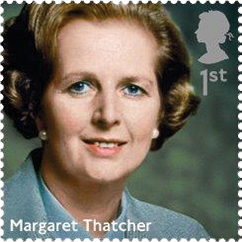 Margaret Thatcher, Baroness Thatcher of Kesteven, 1st Class Stamp:
Margaret Thatcher, Baroness Thatcher of Kesteven, 1st Class Stamp:
Nicknamed the ‘Iron Lady’, Thatcher was Britain’s first female Prime Minister. She was elected MP for Finchley in 1959 and entered Downing Street in 1979. As Prime Minister she won three elections and implemented policies that became known as Thatcherism.
Harold Wilson, Lord Wilson of Rievaulx, 1st Class Stamp: 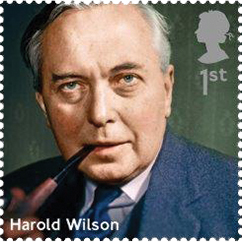
He first became Prime Minister 50 years ago and went on to win three further general elections, making him the only Prime Minister in the modern era to have won four general elections. As Prime Minister he implemented social reforms in many areas including education, health, housing and child poverty.
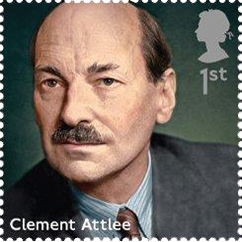 Clement Attlee, 1st Earl Attlee, 1st Class Stamp:
Clement Attlee, 1st Earl Attlee, 1st Class Stamp:
As the winner of the 1945 landslide election Attlee was the first head of a majority Labour government. Under his leadership Labour launched the National Health Service, extended unemployment insurance, and nationalised the railways.
Sir Winston Churchill, 1st Class Stamp: 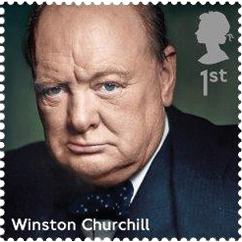
Churchill famously led Britain to victory during the Second World War. He served as Conservative Prime Minister twice – from 1940-1945 and 1951-1955. He was known for his rousing speeches and quotations, including the iconic ‘We Shall Fight on the Beaches’ in 1940. Churchill was awarded the Nobel Prize in Literature in 1953.
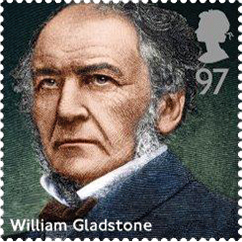 William Ewart Gladstone, 97p Stamp:
William Ewart Gladstone, 97p Stamp:
Dubbed the ‘Grand Old Man’ of Victorian politics, Gladstone was Prime Minister for four separate periods – more than any other Prime Minister. During this time he reformed the army and civil service, extended voting rights and introduced the first national system of primary education.
Sir Robert Peel, 2nd Baronet, 97p Stamp: 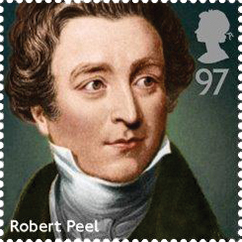
During his time as Prime Minister Peel founded the Metropolitan Police Force and put through legislation allowing Catholics to become MPs. Other landmark legislation included the Mines Act of 1842 that banned the employment of women and children underground, and The Factory Act of 1844 that limited working hours for children and women in factories.
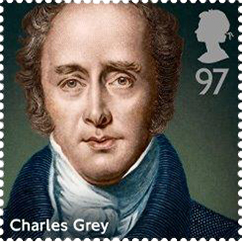 Charles Grey, 2nd Earl Grey, 97p Stamp:
Charles Grey, 2nd Earl Grey, 97p Stamp:
Grey led the Whigs for almost 30 years, and was Prime Minister for just 4. During this time he passed the the ‘Great’ Reform Act of 1832 to reform the electoral system and abolished slavery throughout the British Empire with the Slavery Abolition Act of 1833.
William Pitt the Younger, 97p Stamp: 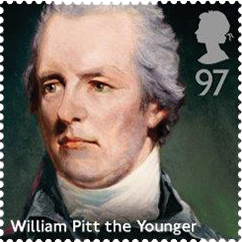
William Pitt was an MP at 21, Chancellor at 23 and Prime Minister at 24 – making him Britain’s youngest ever Prime Minister. During his time as Prime Minister he led Britain into the Napoleonic Wars, reformed the government of India, and passed the Act of Union between Great Britain and Ireland.
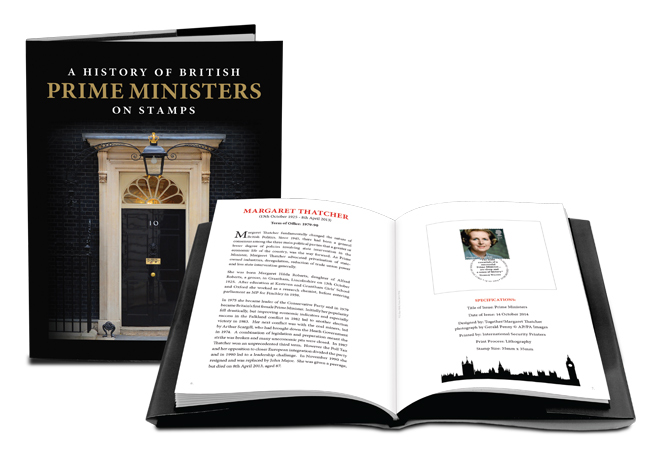 You can secure the complete set of 8 Royal Mail stamps today in a limited edition philatelic book available exclusively from The Westminster Collection.
You can secure the complete set of 8 Royal Mail stamps today in a limited edition philatelic book available exclusively from The Westminster Collection.
Alongside each stamp you’ll find informative narrative about each Prime Minister. Each stamp is postmarked 14th October 2014 – the first day of issue.
Royal Mail will issue many thousands of stamps but only 495 sets have been earmarked for this unique presentation book.

